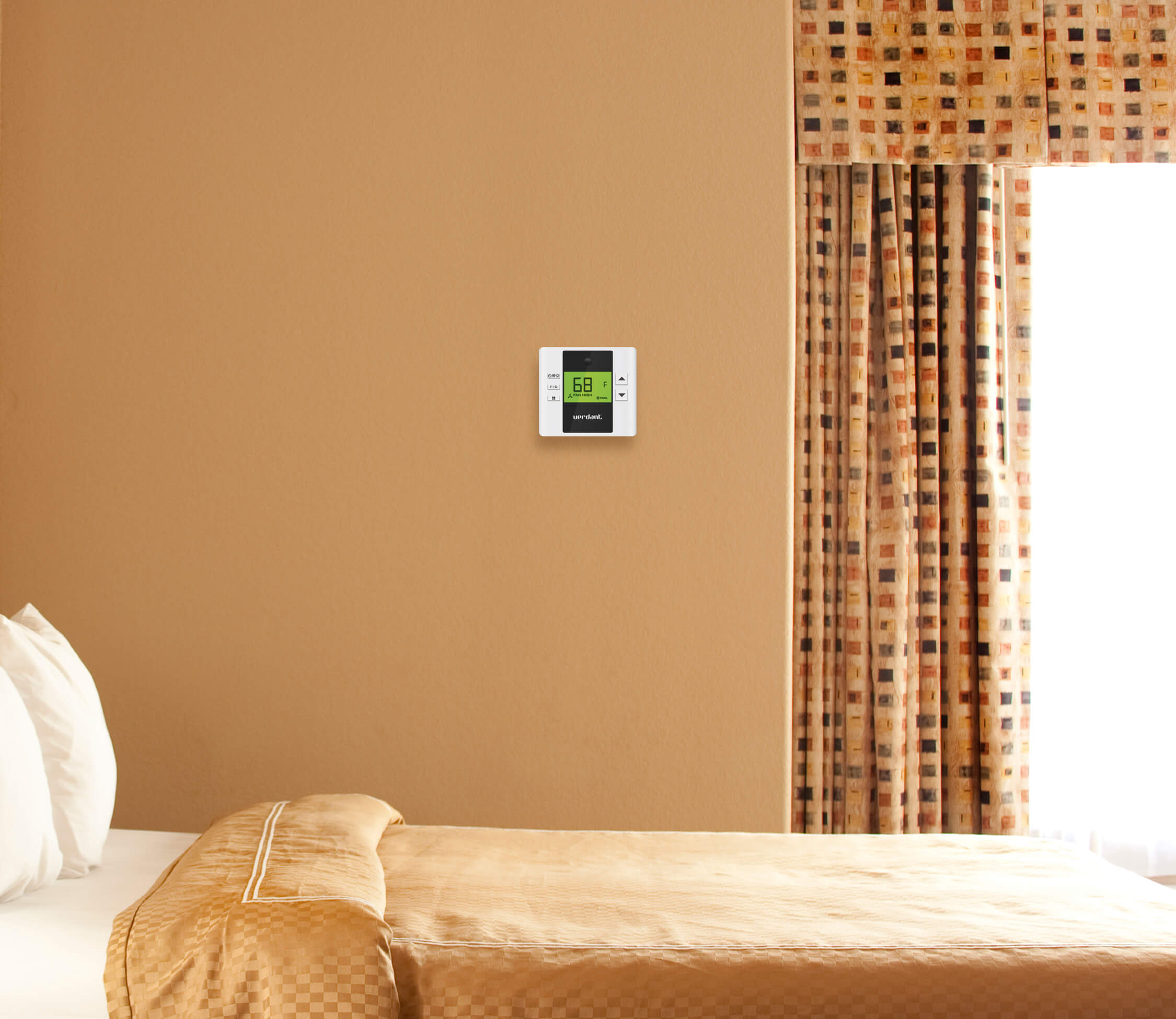This article is part one of a three-part series on energy management.
Energy is the second largest hotel expense after labor, which makes it a prime area for companies looking to improve profitability. That’s why the recent trend toward automation in energy management is being welcomed in the hotel industry with open arms.
“The only way to achieve true energy savings is to take the guest and the staff out of the equation,” said Tom Woodruff, GM direct channel for commercial Americas of Honeywell for the Inncom product line.

“Automation ensures you are maximizing the savings that you can get from an energy-management system,” said Michael Serour, Verdant Environmental Technologies’ VP of sales.
The hotel industry has gone from the very manual process of physically turning lights on and off to integrating with Wi-Fi and wireless networks, said Douglas Mackemer, national director with Carrier Enterprise. “Automation has gone from touching a room physically to integration with a [property-management] system where you don’t have to actually touch or set anything,” he said.
Once an automated energy-management system is set up, everything takes care of itself because no human intervention is required, said William Fizer, president of Lodging Technology.
In addition to being tied to a PMS, some energy-management systems can be tied to the group sales systems so meeting spaces can be preheated or precooled automatically with no intervention needed, according to Fizer.
Some automated energy-management systems are occupancy-based, using the body heat of the guest and not just relying on when the room is rented to a guest.
“When both the balcony door and guestroom door are closed and the system doesn’t detect anyone in the room, the energy system will default to the hotel’s preset temperatures,” Fizer said. “This saves even more energy—up to 45 percent regardless if the room is rented or not.”
Systems can combine motion and thermal image detection as well as nighttime algorithms in the thermostat’s firmware to fine-tune occupancy detection and prevent false unoccupied statuses in guestrooms, said Chad Burow, director of sales and marketing for Telkonet.
When adding intelligent plug loads and switches, hoteliers can add additional efficiency to the room by automating bathroom fans, bedside lamps and in-room refrigerators. Some automated systems can turn off certain lighting, reset the electric water heater and turn off the cooktop to avoid potential fire and water disasters, Fizer said.
“When a system is networked, a director of sustainability or a VP of engineering can access data from anywhere in the world,” Burow said. “A corporate team, for example, that resides in New York can create and deliver updates and profiles to a property in Anchorage, Alaska.”
